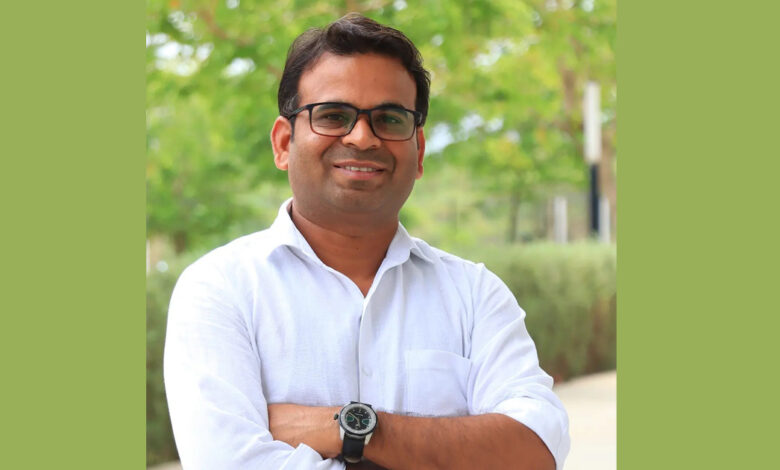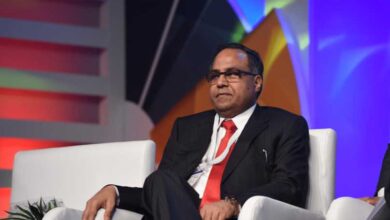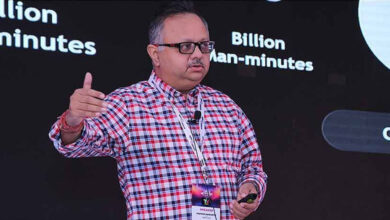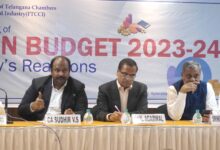Understanding Evolving Household Spending Dynamics in Rural and Urban India

The average monthly household expenditure in India has more than doubled over the past decade, as reported by the Ministry of Statistics and Programme Implementation on Saturday, February 24. The Household Consumption Expenditure Survey Report 2022-23 serves as a cornerstone in understanding the intricate economic dynamics of households across India. It’s important to note that the report does not include imputed values of items received free of charge through social welfare programs such as PM Garib Kalyan Ann Yojana (PMGAY) or state initiatives. However, these imputed values, calculated separately, shed light on non-food items received through such schemes, such as computers, mobile phones, bicycles, and clothing. This recent report not only offers critical insights into consumption trends but also highlights significant shifts in the rural-urban consumption landscape. One noteworthy revelation from the report is the narrowing gap between rural and urban consumption expenditure in India. Over the years, there has been a noticeable reduction in this disparity. For instance, the difference as a percentage of rural households’ Monthly Per Capita Consumption Expenditure (MPCE) was 75.9% in 1999-00. This percentage increased substantially, peaking at over 90% in 2004-05. However, in a notable trend reversal, the gap has diminished, with the percentage hovering around 71% in 2022-23. This trend underscores evolving socioeconomic dynamics and efforts towards equitable economic development.
Moreover, the report sheds light on notable shifts in consumption patterns within both rural and urban areas. A striking observation is the substantial decline in the percentage share of cereals in total food consumption. In 1999-00, cereals constituted a significant portion, accounting for 22.23% of total food items consumed in rural areas. However, this share has seen a dramatic decline, plummeting to less than 5% in recent years. This shift signals changing dietary preferences, nutritional awareness, and perhaps, increased access to diverse food options. Similarly, urban areas have witnessed a comparable albeit less pronounced trend. While the decline in the share of cereals in total food consumption is evident, it is not as drastic as observed in rural regions. This indicates a more gradual transition in urban dietary habits, possibly influenced by factors such as urbanization, globalization, and lifestyle changes. At the same time expenditure on fresh fruits, dry fruits, egg, fish and meat and beverages increased subsequently both in urban and rural area. the declining trend in the proportional consumption of cereals reflects broader socio-economic and cultural shifts occurring in India, driven by factors such as economic growth, urbanization, changing dietary preferences, and nutritional awareness. Also, overall consumption on food items declined from 59.40% to 46.38% and 48.06% to 39.17% from 1999-00 to 2022-23 for rural and urban area respectively.
Non-food expenditures, particularly in conveyance and medical expenses, have emerged as significant areas of spending for individuals. Conveyance, in particular, has witnessed a notable rise in expenditure among both rural and urban populations. The proportional share of total expenditure on conveyance in rural areas increased from 2.94% in 1999-00 to 7.55% in 2022-23, indicating a substantial uptick in transportation-related spending. Additionally, there has been an observed increase in education expenditure, albeit with varying trends between rural and urban areas. In rural regions, expenditure on education rose from 1.93% to 3.30%, while in urban areas, it increased from 4.33% to 5.78%. However, it is noteworthy that despite these increases, overall expenditure on education has declined in both rural and urban areas from 2009-10 to 2022-23. These trends underscore the shifting priorities and expenditure patterns of households, reflecting evolving socioeconomic dynamics and changing societal needs over time.
In terms of monthly per capita expenditure (MPEC) across states, the lowest figures are reported in Chhattisgarh (Rs. 2,466), followed by Jharkhand (Rs. 2,763), Odisha (Rs. 2,950), Uttar Pradesh (Rs. 3,191), West Bengal (Rs. 3,239), and Bihar (Rs. 3,384). Conversely, the highest MPCE is recorded in Sikkim (Rs. 7,731), Chandigarh (Rs. 7,467), Goa (Rs. 7,367), Andaman & Nicobar Islands (Rs. 7,332), Puducherry (Rs. 6,590), Kerala (Rs. 5,924), Lakshadweep (Rs. 5,895), and Punjab (Rs. 5,315) in rural areas. In urban areas, the lowest MPEC is observed in Chhattisgarh (Rs. 4,483), followed by Bihar (Rs. 4,768), Uttar Pradesh (Rs. 5,040), and West Bengal (Rs. 5,267). On the other hand, the highest MPEC is reported in Chandigarh (Rs. 12,575), followed by Sikkim (Rs. 12,105), Andaman & Nicobar Islands (Rs. 10,268), Arunachal Pradesh (Rs. 8,636), and Telangana (Rs. 8,158).
An intriguing observation is that Bihar’s MPEC surpasses that of neighbouring states like Odisha, Jharkhand, Uttar Pradesh, and West Bengal, despite higher poverty rates compared to these regions. This disparity underscores complex socioeconomic dynamics and highlights the need for targeted interventions to address disparities in consumption expenditure and poverty levels across states. In essence, the Household Consumption Expenditure Survey Report 2022-23 underscores the evolving socioeconomic landscape of India. The findings not only reflect changing consumption patterns but also hint at broader socioeconomic transformations shaping the country’s future trajectory. Understanding these dynamics is crucial for policymakers, researchers, and development practitioners to formulate targeted interventions that address emerging challenges and foster inclusive growth across rural and urban India.
Author: Dr Ghanshyam Pandey
Senior Assistant Professor,
Department of Economics,
SRM University, AP.














